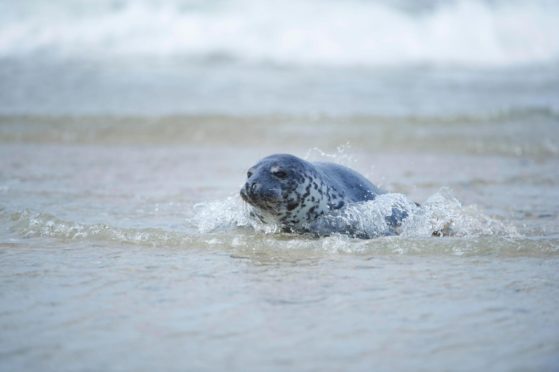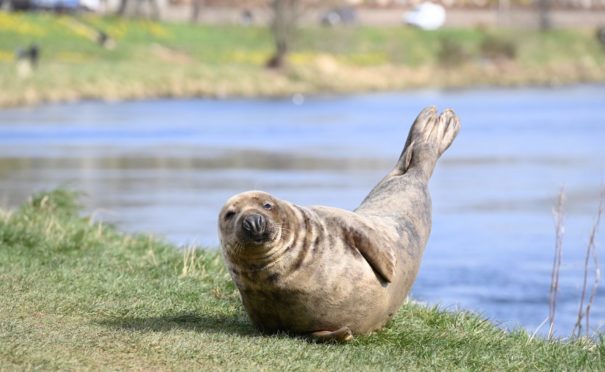The number of harbour seals in Orkney has dropped by 85% in the past 25 years, according to newly released statistics from NatureScot.
The islands – once home to a signficant proportion of Scotland’s seals – have recorded the country’s biggest collapse in numbers, with the population in one subsection in the far south of the archipelago falling from 122 in 1993 to just one in 2019.
In another section, surrounding the island of Stronsay, there are now just 91 harbour seals where there were once more than 1,100.
However, the decline in Orkney has been matched by an impressive increase in harbour seal numbers on the west coast of Scotland – including the Western Isles – which are now home to 78% of the country’s population.
On one section of the west coast, running from Loch Ewe south to Ardnamurchan and including Skye, the population of harbour seals increased by 175% between the earliest national survey in 1996-97 and the most recent one in 2016-19.
That area includes Loch Torridon, where there were just three seals recorded in 1996 and an astonishing 288 recorded in 2017.
Scottish Government-funded studies are currently ongoing to examine the reasons why harbour seal numbers are falling in certain regions, with diseases and predation from orcas and grey seals among the causes being investigated.
Years of research
The latest report shows in detail the results from a helicopter survey of the entire Scottish coastline carried out between 2016 and 2019 by the Sea Mammal Research Unit (SMRU) at St Andrews University.
Due to the exceptional camouflage of the animals against the rocky shores where they like to ‘haul out’ – temporarily leave the water, typically to rest, moult or reproduce – an infrared camera was used to produce much clearer thermal images.
While the main aim of the survey was to count harbour seals around Scotland’s coast during their moult season, any grey seals that were encountered were also counted.
During the 2019 survey, 26,846 harbour seals and 25,412 grey seals were counted.
This is the second-highest total ever recorded for harbour seals, and the highest total for grey seals.
Based on these figures, the total Scottish population of harbour seals is estimated to be around 37,300, with around 106,300 grey seals.
The largest haul-out spot in Scotland for grey seals is the mouth of the River Ythan at Newburgh, just north of Aberdeen, where more than 2,000 can now be found.
The site has now overtaken the former largest haul-out site in Tentsmuir, in the Firth of Tay, with the NatureScot report saying the Ythan Mouth spot has “grown extraordinarily fast since 2010”.
‘Data is essential to understanding seal populations’
Carol Sparling, director of the Sea Mammal Research Unit, said: “This report represents a huge amount of effort from the SMRU survey team.
“The data collected over the whole five year period is essential to understand the status of our Scottish seal populations and to inform decisions about seal management and marine conservation.
“As a direct result of this work we have been able to develop a comprehensive research programme investigating the causes of these contrasting trends in different parts of Scotland.
“The seal abundance and distribution data that this survey programme provides is also a very important part of the UK’s Marine Strategy, helping to achieve good environmental status of our marine environment.”
NatureScot Marine Ecologist Morven Carruthers said: “This latest full census confirms the geographic east-west divide in the populations of harbour seals that we have seen over the last 20 years.
“Scotland currently holds around a quarter of all harbour seals found in Europe, so this long-term monitoring is crucial for helping us to identify population trends and work towards an understanding of what is behind them.
“This in turn will ensure we can better conserve and manage our important harbour seal populations.”

